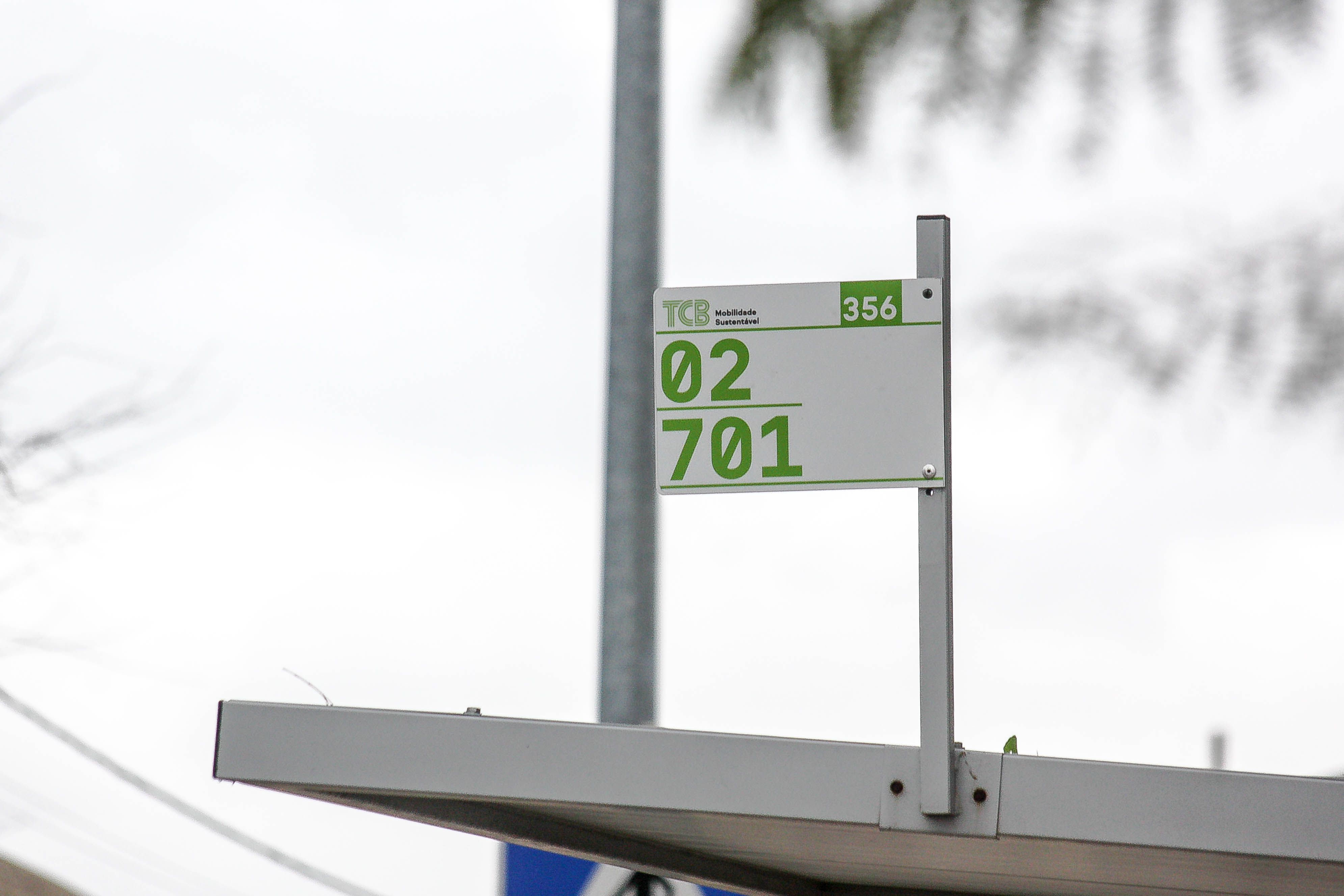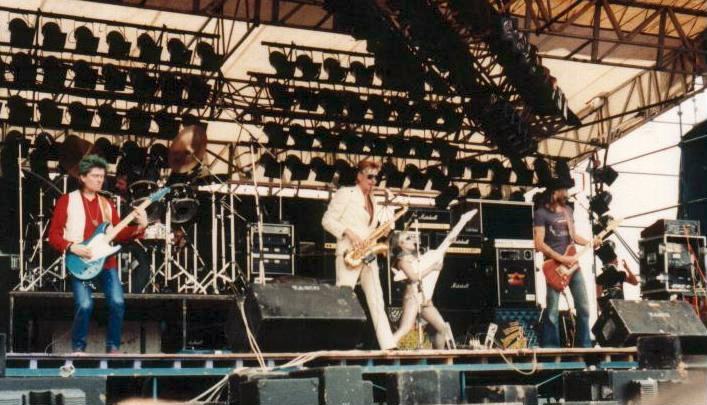|
Slashed Zero
The slashed zero, , is a representation of the Arabic digit zero ("0") with a slash (punctuation), slash through it. This variant zero glyph is often used to distinguish the digit zero from the Latin script letter O anywhere that the distinction needs emphasis, particularly in encoding systems, scientific and engineering applications, computer programming (such as software development), and telecommunications. It thus helps to differentiate characters that would otherwise be homoglyphs. It was commonly used during the punched card, punch card era, when programs were typically written out by hand, to avoid ambiguity when the character was later typed on a card punch. Usage The slashed zero is used in a number of fields in order to avoid confusion with the letter "O". It is used by computer programmers, in recording amateur radio call signs and in military radio, as logs of such contacts tend to contain both letters and numerals. The slashed zero was used on teleprinter circuits ... [...More Info...] [...Related Items...] OR: [Wikipedia] [Google] [Baidu] |
Empty Set
In mathematics, the empty set or void set is the unique Set (mathematics), set having no Element (mathematics), elements; its size or cardinality (count of elements in a set) is 0, zero. Some axiomatic set theories ensure that the empty set exists by including an axiom of empty set, while in other theories, its existence can be deduced. Many possible properties of sets are vacuously true for the empty set. Any set other than the empty set is called ''non-empty''. In some textbooks and popularizations, the empty set is referred to as the "null set". However, null set is a distinct notion within the context of measure theory, in which it describes a set of measure zero (which is not necessarily empty). Notation Common notations for the empty set include "", "\emptyset", and "∅". The latter two symbols were introduced by the Bourbaki group (specifically André Weil) in 1939, inspired by the letter Ø () in the Danish orthography, Danish and Norwegian orthography, Norwegian a ... [...More Info...] [...Related Items...] OR: [Wikipedia] [Google] [Baidu] |
Westminster (typeface)
Westminster (not to be confused with Westminster Old Style) is a printing and display typeface inspired by the font used for the MICR numbers printed on cheques and designed by Leo Maggs. ''Luc Devroye''. Retrieved on 9 May 2016. History In the 1960s, Leo Maggs was working at the Hazell Sun Group's design studio in Covent Garden, . At that time, he was commanded to create a futuristic style title for an article of ''About the House'' (the magazine of The Friends of Covent Garden Opera House). Maggs based the letters of that title on the |
Vowel
A vowel is a speech sound pronounced without any stricture in the vocal tract, forming the nucleus of a syllable. Vowels are one of the two principal classes of speech sounds, the other being the consonant. Vowels vary in quality, in loudness and also in Vowel length, quantity (length). They are usually voice (phonetics), voiced and are closely involved in Prosody (linguistics), prosodic variation such as tone (linguistics), tone, intonation (linguistics), intonation and Stress (linguistics), stress. The word ''vowel'' comes from the Latin word , meaning "vocal" (i.e. relating to the voice). In English, the word ''vowel'' is commonly used to refer both to vowel sounds and to the written symbols that represent them (, , , , , and sometimes and ). Definition There are two complementary definitions of vowel, one Phonetics, phonetic and the other Phonology, phonological. *In the phonetic definition, a vowel is a sound, such as the English language, English "ah" or "oh" , produ ... [...More Info...] [...Related Items...] OR: [Wikipedia] [Google] [Baidu] |
Scandinavian Language
The North Germanic languages make up one of the three branches of the Germanic languages—a sub-family of the Indo-European languages—along with the West Germanic languages and the extinct East Germanic languages. The language group is also referred to as the Nordic languages, a direct translation of the most common term used among Danish, Faroese, Icelandic, Norwegian, and Swedish scholars and people. The term ''North Germanic languages'' is used in comparative linguistics, whereas the term Scandinavian languages appears in studies of the modern standard languages and the dialect continuum of Scandinavia. Danish, Norwegian and Swedish are close enough to form a strong mutual intelligibility where cross-border communication in native languages is very common, particularly between the latter two. Approximately 20 million people in the Nordic countries speak a Scandinavian language as their native language,Holmberg, Anders and Christer Platzack (2005). "The Scandinavian la ... [...More Info...] [...Related Items...] OR: [Wikipedia] [Google] [Baidu] |
Heavy Metal Umlaut
A metal umlaut (also known as röck döts) is a diacritic that is sometimes used gratuitously or decoratively over letters in the names of mainly hard rock or heavy metal bands—for example, those of Blue Öyster Cult, Queensrÿche, Motörhead, the Accüsed, Mötley Crüe, Hüsker Dü, and the parody bands Spın̈al Tap and Green Jellÿ. Usage Among English speakers, the use of umlaut marks and other diacritics with a blackletter typeface is a form of foreign branding, which has been attributed to a desire for a " gothic horror" feel. The metal umlaut is not generally intended to affect the pronunciation of the band's name, unlike the umlaut in German (where the letters ''u'' and '' ü'', ''a'' and '' ä'', as well as ''o'' and '' ö'', represent distinct vowels) and the Scandinavian languages (where å, ä and a, ö/ø and o are distinct letters). History The first gratuitous use of the umlaut in the name of a hard rock or metal band appears to have been by Blue Öyst ... [...More Info...] [...Related Items...] OR: [Wikipedia] [Google] [Baidu] |
Underground Zerø
Underground Zerø is a British space rock band, based in Norfolk, UK. The band is also known as UZØ. While the band is often referred to as "Underground Zero" or "Underground Zer0" in print, the official name of the band includes the slashed zero in its name. Their sound is influenced by Hawkwind, with heavy guitar solos, and lyrics based on dystopian science fiction, fantasy and social commentary. The band was started in 1979 by Andrew Rix (bass/vocals), Adrian Rix (keyboards), Judi Griggs (vocals), Brian Savage (drums) and Karl Dawson (guitar). From 1981, then known as Ground Zero, the group underwent several major changes. Brian left and was replaced by Mike (Mel) Melnyk and guitarist Paul Holden joined. In 1983 Mel left and was replaced by Sean Holden. The band featured on the UKs Tommy Vance’s Friday Rock Show on Radio 1 and during 1983-85 developed a large following in the new Psychedelic scene. At this point the name became Underground Zerø to avoid confusion with a ... [...More Info...] [...Related Items...] OR: [Wikipedia] [Google] [Baidu] |
Space Rock
Space rock is a music genre characterized by loose and lengthy song structures centered on instrumental textures that typically produce a hypnotic, otherworldly sound. It may feature distorted and reverberation-laden guitars, minimal drumming, languid vocals, synthesizers, and lyrical themes of outer space and science fiction. The genre emerged in late 1960s psychedelia and progressive rock bands such as Pink Floyd, Hawkwind, and Gong who explored a "cosmic" sound. Similar sounds were pursued in the early 1970s' West German '' kosmische Musik'' ("cosmic music") scene. Later, the style was taken up in the mid-1980s by Spacemen 3, whose " drone-heavy" sound was avowedly inspired by and intended to accommodate drug use. By the 1990s, space rock developed into shoegaze and post-rock with bands such as the Verve and Flying Saucer Attack. History Origins: 1950s-1960s Humanity's entry into outer space provided ample subject matter for rock and roll and R&B songs from the mi ... [...More Info...] [...Related Items...] OR: [Wikipedia] [Google] [Baidu] |
Teletype Model 33
The Teletype Model 33 is an electromechanical teleprinter designed for light-duty office use. It is less rugged and cost less than earlier Teletype models. The Teletype Corporation introduced the Model 33 as a commercial product in 1963, after it had originally been designed for the United States Navy. The Model 33 was produced in three versions: * Model 33 ASR (Automatic Send and Receive), which has a built-in eight-hole punched tape reader and tape punch; * Model 33 KSR (Keyboard Send and Receive), which lacks the paper tape reader and punch; * Model 33 RO (Receive Only) which has neither a keyboard nor a reader/punch. The Model 33 was one of the first products to employ the newly-standardized ASCII character encoding method, which was first published in 1963. A companion Teletype Model 32 used the older, established five-bit Baudot code. Because of its low price and ASCII compatibility, the Model 33 was widely used, and the large quantity of teleprinters sold strongly influen ... [...More Info...] [...Related Items...] OR: [Wikipedia] [Google] [Baidu] |
ASCII
ASCII ( ), an acronym for American Standard Code for Information Interchange, is a character encoding standard for representing a particular set of 95 (English language focused) printable character, printable and 33 control character, control characters a total of 128 code points. The set of available punctuation had significant impact on the syntax of computer languages and text markup. ASCII hugely influenced the design of character sets used by modern computers; for example, the first 128 code points of Unicode are the same as ASCII. ASCII encodes each code-point as a value from 0 to 127 storable as a seven-bit integer. Ninety-five code-points are printable, including digits ''0'' to ''9'', lowercase letters ''a'' to ''z'', uppercase letters ''A'' to ''Z'', and commonly used punctuation symbols. For example, the letter is represented as 105 (decimal). Also, ASCII specifies 33 non-printing control codes which originated with ; most of which are now obsolete. The control cha ... [...More Info...] [...Related Items...] OR: [Wikipedia] [Google] [Baidu] |
Teleprinter
A teleprinter (teletypewriter, teletype or TTY) is an electromechanical device that can be used to send and receive typed messages through various communications channels, in both point-to-point (telecommunications), point-to-point and point-to-multipoint communication, point-to-multipoint configurations. Initially, from 1887 at the earliest, teleprinters were used in telegraphy. Electrical telegraphy had been developed decades earlier in the late 1830s and 1840s, then using simpler Morse key equipment and telegraph operators. The introduction of teleprinters automated much of this work and eventually largely replaced skilled labour, skilled operators versed in Morse code with Data entry clerk, typists and machines communicating faster via Baudot code. With the development of early computers in the 1950s, teleprinters were adapted to allow typed data to be sent to a computer, and responses printed. Some teleprinter models could also be used to create punched tape for Compute ... [...More Info...] [...Related Items...] OR: [Wikipedia] [Google] [Baidu] |
Baudot Code
The Baudot code () is an early character encoding for telegraphy invented by Émile Baudot in the 1870s. It was the predecessor to the International Telegraph Alphabet No. 2 (ITA2), the most common teleprinter code in use before ASCII. Each character in the alphabet is represented by a series of five bits, sent over a communication channel such as a telegraph wire or a radio signal by asynchronous serial communication. The symbol rate measurement is known as baud, and is derived from the same name. History Baudot code (ITA1) In the below table, Columns I, II, III, IV, and V show the code; the Let. and Fig. columns show the letters and numbers for the Continental and UK versions; and the sort keys present the table in the order: alphabetical, Gray and UK Baudot developed his first multiplexed telegraph in 1872 [...More Info...] [...Related Items...] OR: [Wikipedia] [Google] [Baidu] |






